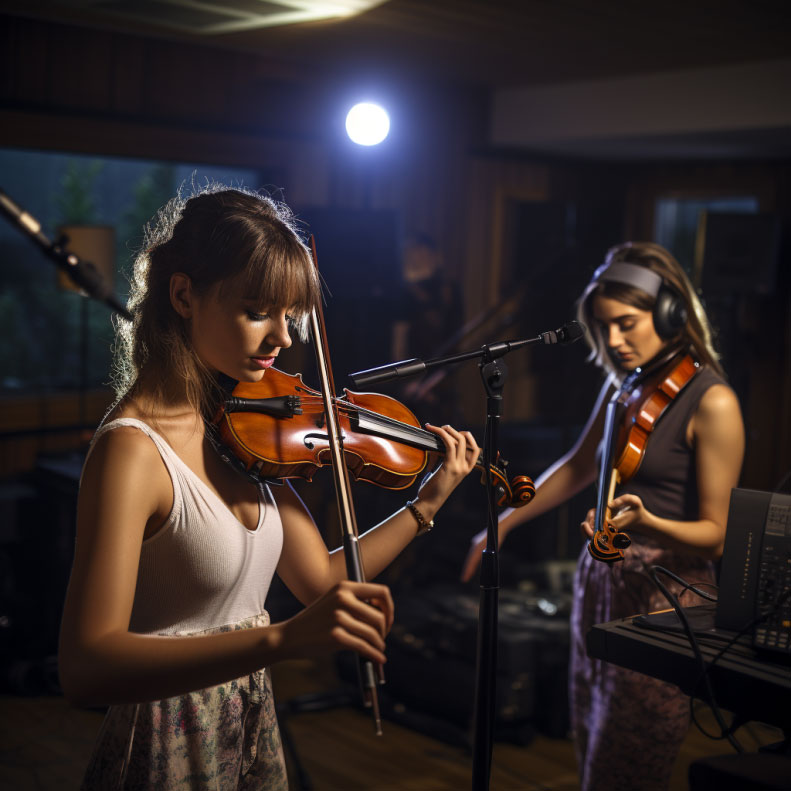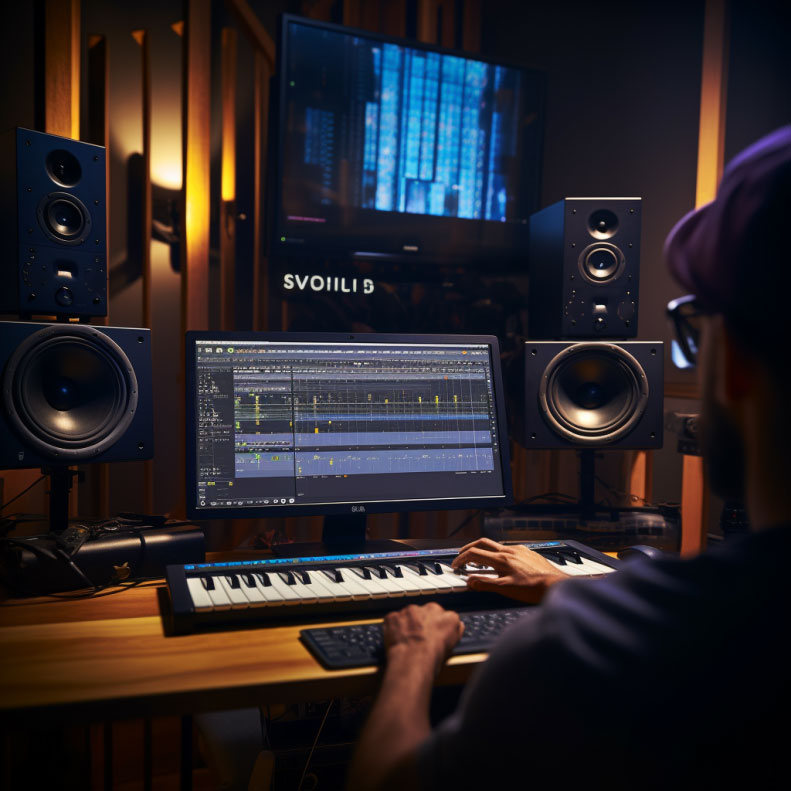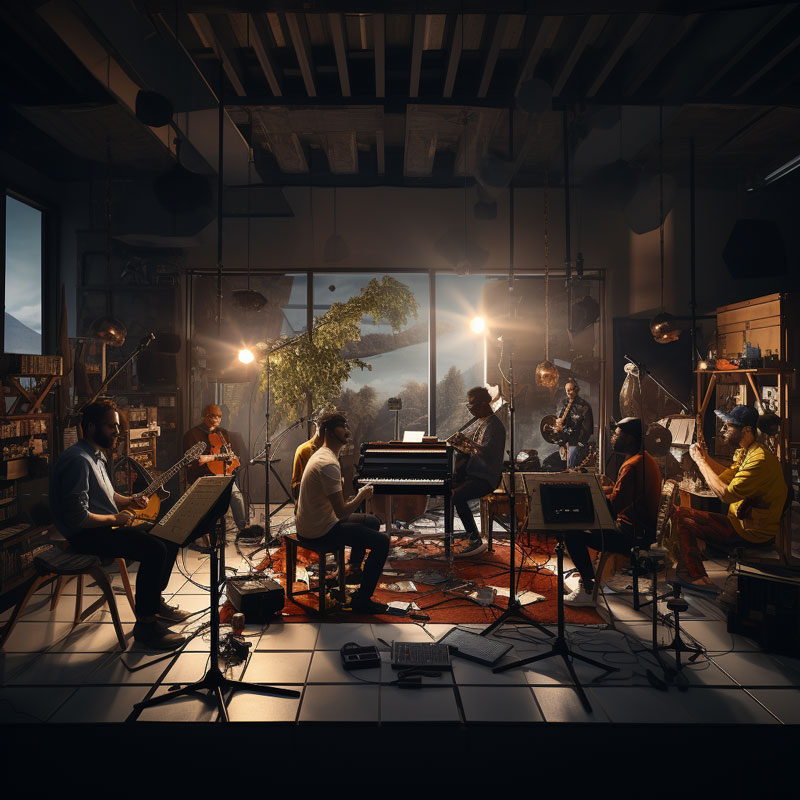Sydney Recording Studio: Mastering Dovetailing for Music Brilliance
When it comes to music, sometimes the most beautiful harmonies are born from unexpected combinations. At Crash Symphony Productions, our Sydney Recording Studio, we’ve harnessed the power of an age-old compositional technique known as “dovetailing” to create stunning musical arrangements. In this comprehensive guide, we’ll demystify dovetailing, explaining what it is, how it works, and when to employ it to elevate your musical productions.
What is Dovetailing?
Dovetailing is a compositional technique that works its magic in the arrangement of music. Imagine the rich, resonant sound of a piano sustain pedal, where each note lingers and blends seamlessly with the next. Dovetailing aims to recreate this effect in polyphonic ensembles, such as strings, horns, or backing vocals. Picture playing a C major chord on the piano and engaging the sustain pedal. Each note you strike lingers, creating a lush soundscape. Initially, you play C, followed by E, and then G, forming the fundamental C major triad in root position.
To achieve the sustain pedal’s enchanting effect, you’ll need three voices in your ensemble. Let’s use a violin trio as an example.
How We Create Dovetailing in Our Sydney Recording Studio
In our Sydney Recording Studio, we orchestrate dovetailing like seasoned maestros. Here’s how:
- C Root Note: The first violin starts by playing the C root note, holding it steady.
- Major Third: The second violin joins in, harmonising with the first by playing the E note. As the second violin enters, both voices play simultaneously, creating a harmonious major third chord.
- Completing the Chord: Finally, the third violin enters with the G note, while the other two notes continue to resonate. At this point, all three notes harmonise, just like the notes in a sustained piano chord.

When Would Our Sydney Recording Studio Use This Technique?
Dovetailing shines brightest in our arrangements when we’re working with strings, horns, or choral parts. The translation of the sustain-pedal effect becomes more intricate when arranging for monophonic instruments. As an integral component of musical production, dovetailing can transform your compositions, infusing them with depth and richness that captivates the listener’s ear.
The History of Dovetailing
To fully appreciate the art of dovetailing, it’s essential to explore its history. This technique has roots dating back centuries, with notable use in classical compositions. Understanding its evolution can deepen your appreciation for its impact on modern music.

Examples in Popular Music
Dovetailing isn’t limited to classical music. It’s a versatile technique that has found its way into various music genres. We’ll delve into famous songs and artists from different genres who have skillfully incorporated dovetailing into their compositions.
Tips for DIY Musicians
For musicians eager to experiment with dovetailing in their own productions, we’ve compiled practical tips and tricks. Discover how you can apply this technique to your music, whether you’re working in a professional studio or your home setup.
Elevate Your Music with Dovetailing
At Crash Symphony Productions, we’re passionate about bringing the artistry of dovetailing into your musical projects. Contact our Sydney Recording Studio to explore how we can enhance your arrangements and create musical magic that resonates with your audience.





